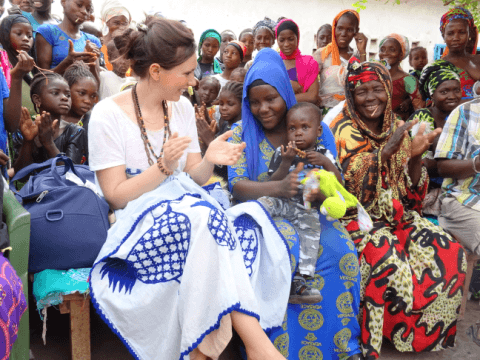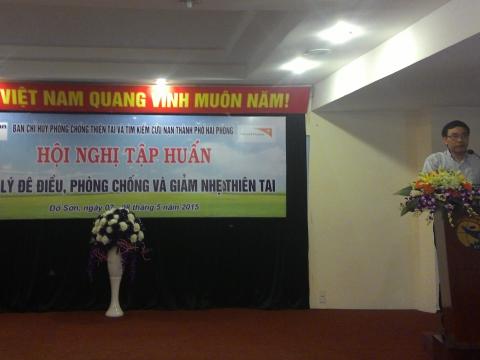Equipping humanitarian leaders: Learning from a learning programme.
“It sounded like a tornado, followed by a bomb dropping. Then the noise under the ground started. You heard the noise under the ground and it was shaking and shaking, and everybody started running. Houses were falling and falling, the fences were falling, people were falling, people were crying. Twenty seconds later it was over. There was nothing but rubble and dirt. All of a sudden it's dark.” – Haiti earthquake survivor.
Now imagine you’re a local field manager. You’ve got two days to drop everything, get to, and start managing that disaster response. You're the leader of the first wave response team. When you arrive, it’s hot, chaotic, and you’re surrounded by unimaginable suffering. you’ve never been to a response of this scale before.
You're not sure what your priorities should be. Finding an office? Hiring a logistics team? What about staff safety and security given potential aftershocks? Needs assessments? Your days are spent making these decisions and many more. At night, you also take on the finance function until you can get a suitable person in place. A wave of funds and responsibilities descend on you. You weren't trained for this...
Filling the skills gap
Recognising that too many staff face this scenario, World Vision and Save the Children are filling this gap through the FIELD programme course, with support from the IKEA foundation. The FIELD programme is a free, ground-breaking, capacity-building programme that strengthens the local and national capacity of those undertaking a front-line managerial role during humanitarian responses.
Humanitarian field managers, who are often the first to respond to crises but the last to obtain adequate training, now have access to a state-of-the-art learning programme. This is particularly important given the global humanitarian community has committed to elevate localised humanitarian responses; a commitment accelerated due to travel restrictions caused by COVID-19.
Learning from learning
I oversee the FIELD programme and these are the top five things I have learned about producing a course to meet the needs of new field managers facing humanitarian disasters:
1. Don’t reinvent the wheel
When designing a training programme, always look at what content is out there already. What resources can you start working from or could you tap in to? This will save a lot of time and resources.
2. Always show what’s in it for them
Stakeholder engagement at all levels is crucial when designing training. When engaging with stakeholders, always make it about them, elaborating what is in it for them while they are supporting you.
3. Go to your source: the learner
When designing learning, make sure you engage and involve your learner right from the very beginning. They will be able to tell you where the gap is and what they need training on. This will make your training highly effective and relevant. Gathering insights from the learner, rather than solely leadership, ensures learning leaders have a comprehensive understanding of the problem and provide a comprehensive solution.
4. Ensure you give your learner psychological safety
As a learning professional you must create a psychologically safe environment for your audiences. A psychologically safe environment is a space created for audiences to engage, be vulnerable, and discuss topics without the fear of making a mistake or the fear of judgement at the hands of the facilitator or the other learners.
5. Assessing the effectiveness of your learning programme
Always assess the effectiveness of your learning programme, not only at the end but also throughout. Start with the end in mind and engage your learners with both qualitative and quantitative data through assessments, transfer of information, etc.
Now imagine that field manager at the beginning of this article has undertaken a course that considers all of these things and that was designed to equip her. What a difference it makes!
Respond better to the unexpected.
And what a difference it makes to the humanitarian response in an emergency: it is delivered in a more equitable, nuanced and higher quality way by a greater diversity of people. This means more lives saved, more suffering alleviated, and donated funds spent more wisely.
The FIELD programme provides exactly the right amount of training at exactly the right time in a way that allows learners the opportunity to learn from peers, while providing a safe place to apply learning and make decisions that mirror the real world.
World Vision is currently responding to 49 emergencies globally. None of us know when the next disaster will strike. Which of your team needs to sign up for this training course today so they are ready when it does?
Marianel Coolen is Humanitarian Learning & Development Advisor at World Vision and manages the FIELD programme for World Vision and Save the Children. In November 2020, the FIELD programme won the global learning technologies awards under the categories of: Best online distance learning programme, Excellence in content design.


